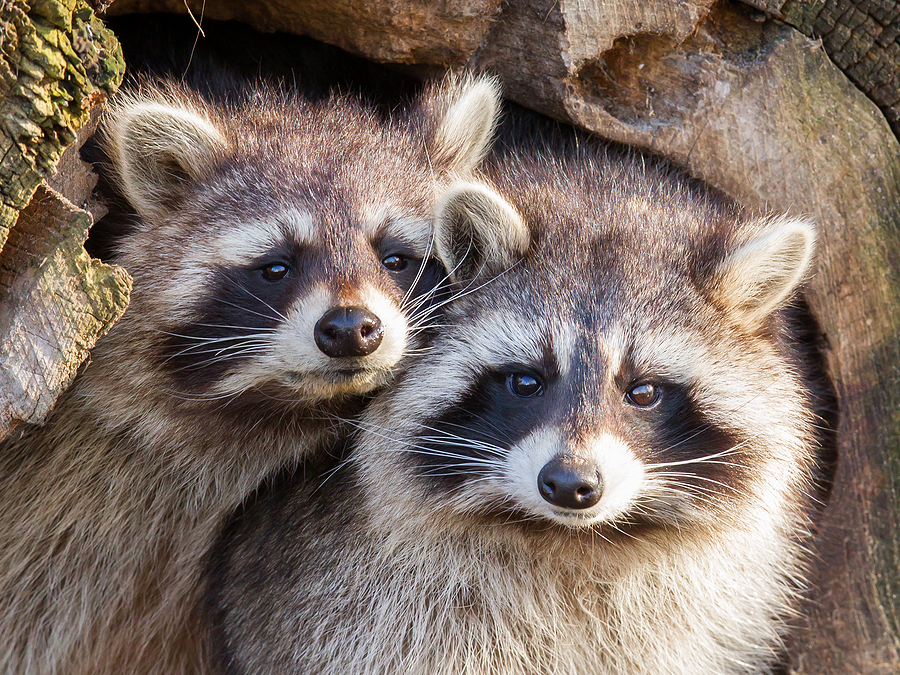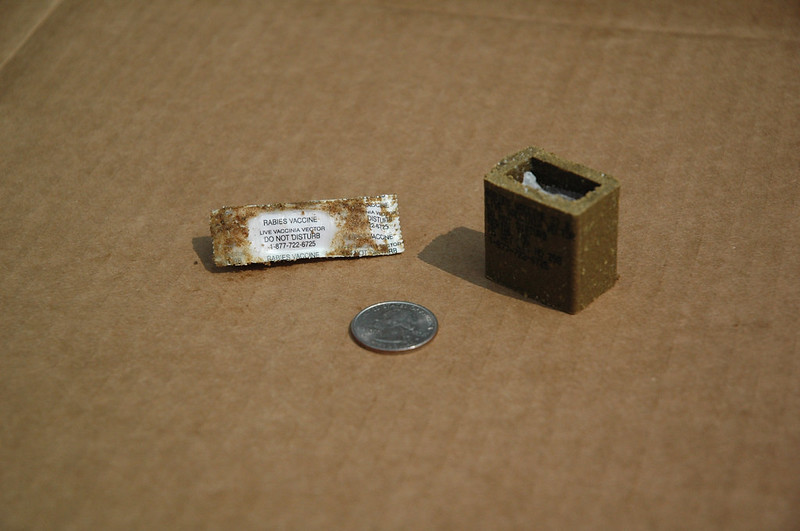
The U.S. Department of Agriculture’s Animal and Plant Health Inspection Service (APHIS) has started its annual distribution of RABORAL V-RG, an oral rabies vaccine (ORV) bait, to prevent the spread of raccoon rabies in the country.

Early this month, APHIS’ Wildlife Services (WS) and its cooperators distributed ORV baits across rural areas by airplane, and in suburban or urban areas by helicopter, vehicle, and bait station. Below is the remainder of the distribution schedule:
In Northeast to Mid-Atlantic states during August:
- The Houlton, Maine project will cover parts of northern Maine and distribute approximately 384,000 ORV baits by airplane and vehicle.
- The Buckhannon, W. Va project will include portions of western Pennsylvania, West Virginia, and a small area in southwestern Virginia, distributing approximately 508,000 ORV baits by airplane and vehicle. In addition to RABORAL V-RG, APHIS will distribute another ORV bait, ONRAB, in select areas of West Virginia and Pennsylvania as part of an ongoing field assessment.
In Massachusetts from mid-September through mid-October:
- The Cape Cod, Mass. project will cover parts of peninsular and mainland Massachusetts and distribute more than 70,000 ORV baits by helicopter, bait station, and vehicle.
In Southern states, during October:
- The Abingdon, Va. project will cover parts of North Carolina, Tennessee, and Virginia and distribute more than 891,000 ORV baits by airplane, helicopter, and vehicle.
- The Dalton, Ga. project will cover areas in Alabama, Georgia, North Carolina, and Tennessee, distributing approximately 865,000 ORV baits by airplane and helicopter. APHIS will also distribute ONRAB in the Greater Chattanooga, TN, area in tandem with RABORAL V-RG.
- The Gadsden, Ala. project will cover parts of Alabama (including the Greater Birmingham area) and distribute approximately 855,000 baits by airplane, helicopter, and vehicle.
According to APHIS, the ORV baits are coated with a fishmeal attractant and are packaged in two-inch plastic sachets or one-inch square cubes. They safe for many animals, including domestic dogs and cats. Humans and pets cannot get rabies from contact with the baits, but should leave them undisturbed if they are encountered.
For more information, visit the USDA website.
